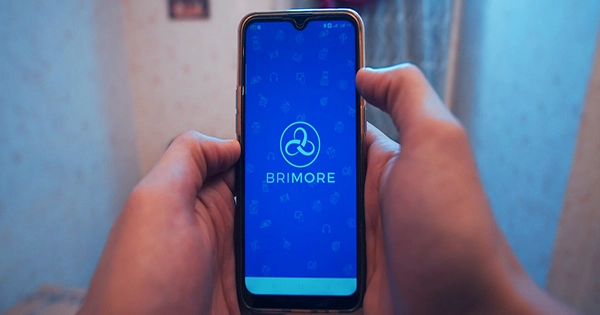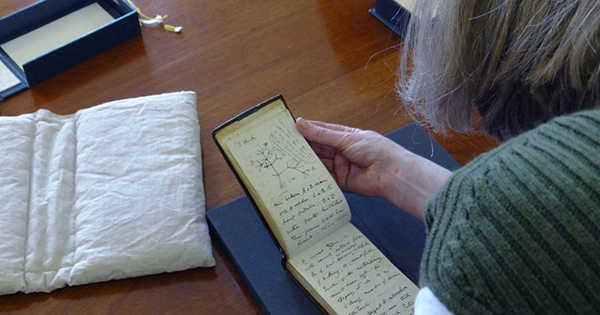Primary research is an approach that allows researchers to gather data on their own, as opposed to relying on data from earlier studies. They “own” the data in theory. Primary research is only done to solve a specific issue that needs in-depth investigation.
There are two forms of research:
- Primary Research
- Secondary Research
Businesses or organizations can either carry out primary research themselves or hire a third party to do it for them. One significant benefit of primary research is that it is “pinpointed,” meaning that it is focused entirely on a single issue or problem and attempts to find answers to it.
For instance, a company that is ready to release a new model of the mobile phone needs to do some study on the design and functionality of the device. Organizations can perform primary research using a qualified sample of respondents who closely reflect the population to learn about their viewpoints. Based on this data, the company may now come up with potential solutions to adjust the functions and appearance of mobile phones as needed.
Primary Research Methods with Examples
Meaningful data is more valuable than gold in this tech-driven world. To make wise judgments, organizations or businesses need properly vetted data. This is precisely why many businesses take the initiative to collect their own data, ensuring that the data is accurate and that they receive first-hand information that hasn’t been altered.
Here are some of the main data collection techniques used by corporations or organizations for their research:
Interviews: Interviewing people is a qualitative research technique that has long been used to gather data. These interviews can be conducted over the phone or in person (face-to-face). Interviews are a form of open-ended data collection that entail conversation or interaction between the interviewer (a researcher) and the subject (respondent).
Face-to-face interviews are thought to elicit better responses from respondents since they are more intimate. However, the success of a face-to-face interview greatly depends on the researcher’s capacity for questioning and previous experience with conducting similar interviews. In this kind of research, open-ended questions are typically employed as the type of question. With the aid of these questions, a detailed understanding of respondents’ thoughts and perspectives can be attained.
Depending on the research topic, personal interviews can last up to 30 minutes or even longer. Conducting telephonic interviews can sometimes be helpful to gather data if a researcher is short on time.
Online surveys: Surveys used to be done on paper and pen; they’ve come a long way since then. Today, the majority of researchers send their respondents internet surveys in order to collect information from them. Online surveys are practical and may be completed either online or via email. Mobile devices like smartphones, tablets, iPads, and other similar devices can access these.
Once a survey is launched, respondents are given a set amount of time to complete it and return it to the researcher. A healthy balance of open-ended and closed-ended questions should be included in surveys to ensure that respondents provide the most information possible. A survey shouldn’t be too long or people will lose interest and just complete part of it.
Rewarding respondents for successfully completing surveys in exchange for their time, effort, and useful information is a good practice. Most businesses and organizations frequently give out gift cards from well-known brands that participants can use at a later time.
Focus groups: Using this well-liked research method, information is gathered from a small number of participants, typically no more than 6–10. Focus groups bring together subject-matter specialists to discuss the topic of the research.
A focus group moderator encourages conversation among the participants in order to gain a deeper understanding. This technique can be used by businesses and organizations, particularly to pinpoint niche markets and learn more about a particular consumer demographic.
Observations: There is no direct interaction between the researcher and the subject being studied in this primary research method. A researcher takes notes as they watch a subject’s reactions.
Reactions are captured using cameras or trained observers. The situation in which observations are made is preset. For instance, a bakery firm would want to know how customers will react to its new biscuits. An observer would notice customers’ initial reactions and then consider the data as a whole to form conclusions.
















